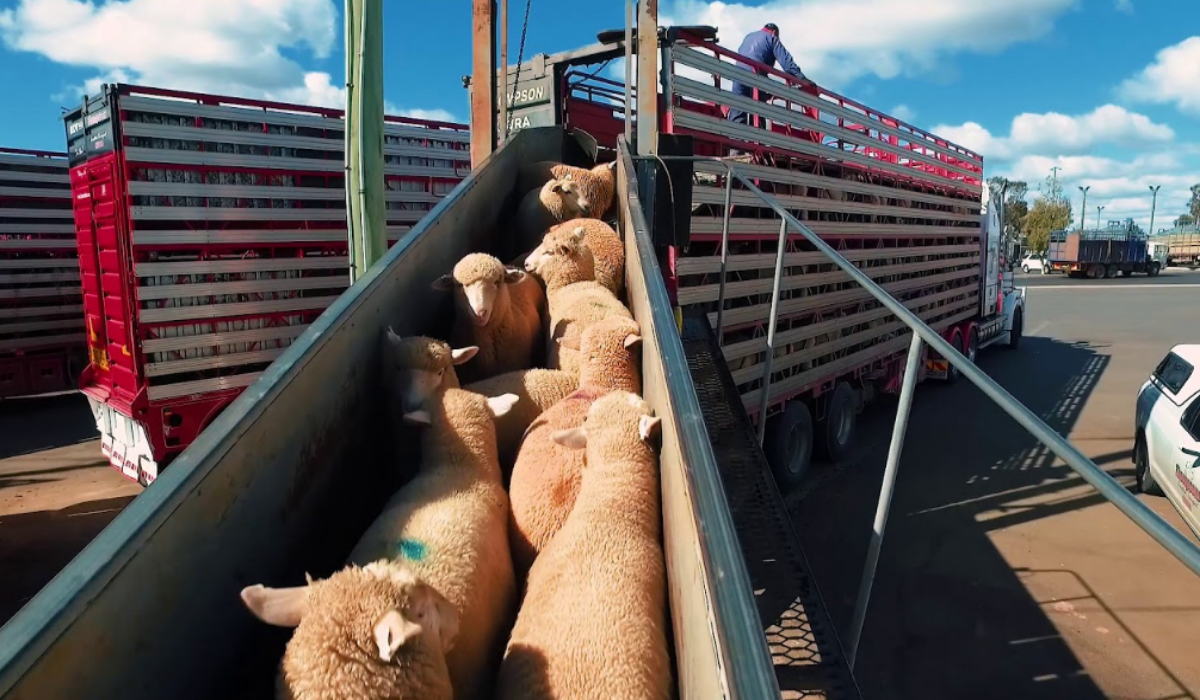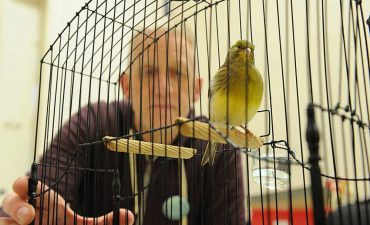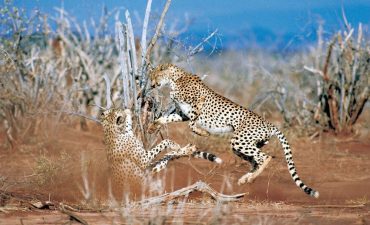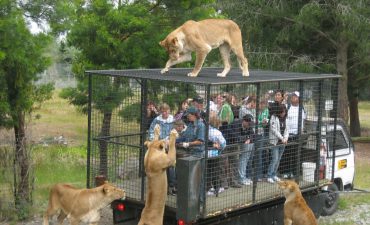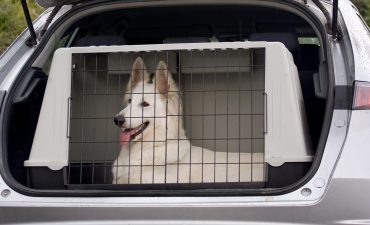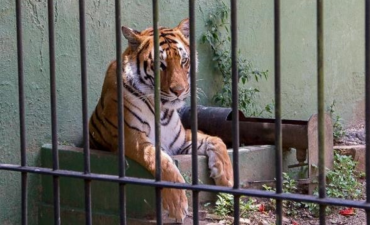Important strategies to transport cattle by road.
The first step towards preparing the livestock for transportation is to ensure a safe and stress free journey for them. The whole team involved in the transportation has to follow the prescribed policies to achieve the success and safety of this goal. Abiding by the set policies or procedures will cater to the welfare of the animals as well as their delivery in safe conditions.
The safe transport of animals depends equally on all the departments involved in the task. From the consigner to the transporter, all the involved personnel has to ensure that the animals stay harm-free during the journey.
What are the key responsibilities of the team involved in the transport?
The transport of the livestock mainly depends on the two kinds of personnel who are:
1. The consigner (one who prepares the animals for the transport)
2. The transporter (one who transports the animals to the clients)
Responsibilities of a consignor
· As the first step the consignor assembles,and prepares the livestock.
· He/ She then selects the animals fit for the intended transport.
· Post the selection, the consignor gathers the essential feed and water required for the animals during the transport.
· The last responsibility of the consignor is to manage the cattle while they are loaded into their carriers.
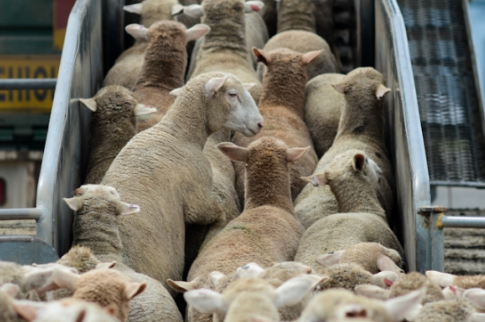
Responsibilities of a transporter
· The transporter’s first and foremost duty is to ensure safety of the animals while they are loaded into the carriers as well as during the transit.
· Maintenance of appropriate loading densities to avoid over-load is also an important responsibility of the transporter.
· Post the above procedures are complete, he/ she will conduct a final inspection of the animals that are fit for transport.
· Once the journey begins, the transporter is entrusted with the duty to Feed through their transit.
· The transporter continuously monitors the livestock during the journey.
· Once they reach their destination, the transporter safely unloads the livestock and handover them to the receiver.
Other key aspects to follow while transporting livestock
Pre-preparation is an essential part of the journey.
Only healthy animals should be transported. Animals which are pregnant, blind, injured and ill before the journey, is considered unfit for the same.
Each animal must get the required feed and water during its journey. Different species of animals have different requirements with regards to the time for water and food. In such cases, the transporter will provide the feed and water to all the animals at the designated time. It is absolutely necessary that proper rest and hydration be provided to the animals to prevent dehydration during long journeys.
It is essential to minimize the stress for the livestock during transport. This can be achieved through proper segregation by keeping the same species of animals together.
It is the responsibility of the receiver to ensure the safety of the animals while unloading them.
